We love our pets! But, when we have them in the car, we need to take the proper safety precautions, for their safety and for our own.
According to a survey by AAA and Kurgo in 2011, our pets can be dangers for us as we are driving down the highway. How do we get distracted by our pets?:
- Petting the dog (52%)
- Using hands or arms to restrict dog’s movement or hold dog in place when putting on brakes (23%)
- Using hands/arms to keep dog from climbing from the backseat to the front seat (19%)
- Reaching into backseat to interact with dog (18%)
- Allowing dog to sit in lap or holding dog while driving (17%)
- Giving food or treats to dog (13%)
- Playing with dog (4%)
- Taking a photo of dog (3%)
But, there are steps that pet owners can take to keep pets safer—and themselves and other passengers safer—when travelling with pets.
First, drivers should be aware of any state laws on the books for restraining pets while driving. These can vary by state, from requiring cages or other restraints to penalizing drivers with general distracted driving laws for unrestrained pets. Check the laws for your own state (or any others you might be passing through) to make sure you are in compliance while driving with your pet.
Should you belt your pet?
Well, first, no, not with a “human” seat belt—they are not designed for your pet, and could be dangerous. But, check your area pet store. Seat belts for pets are available; you just want to get the right size and type for your pet. If you get one that does not fit properly, it could, once again, be dangerous.
Pet carriers are a good option for most pet owners. But, make sure you get one that has enough room for your pet to move, turn around and stretch out. Be sure the carrier is well-ventilated. And, do not forget to secure the carrier for the drive—your pet can get hurt if the carrier goes flying in an accident or if you have to slam on the brakes.
Your pet should ride in the back, never in the front—airbags can be extremely dangerous for a pet. Some people balk at putting their pets in the "cargo" area of an SUV or hatchback, but it can be a good option. Just be sure to secure the carrier well, wherever you decided to put your pet.
And, a few hours (3-4) before putting your pet in the car, let him eat. Not only will this give him one less reason to try and get your attention, it can also help many pets from becoming carsick.
Also, never let your pet ride with its head out the window! Not only can flying debris hit and injure him, he would also be in a precarious position if you were to have to stop suddenly or, worse, get into an accident.
A little extra effort, and your pet will be safe inside your vehicle, and not a distraction to you—good for you, good for him and good for all of your passengers.
Image: Wikimedia Commons


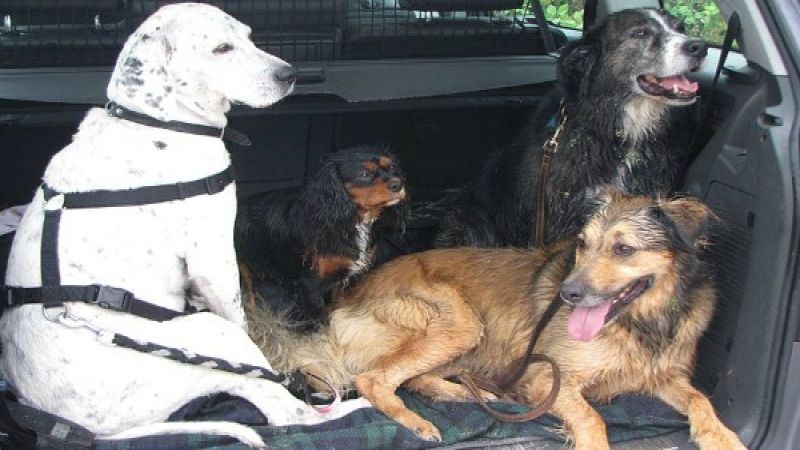




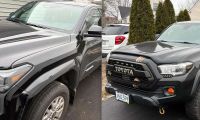

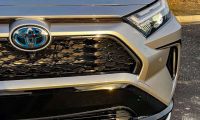
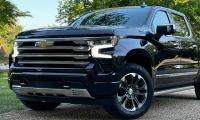
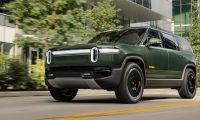
Comments
I so love this article! I
Permalink
I so love this article! I do not know how many dogs I have seen w/heads out the window! while it is cute, funny....it is soooo dangerous! like you said, esp. w/a car accident, prob. going to kill the pet! just restrain the pet for goodness sake! some would say, oh, but they do not like it....well, if you love it, you will restrain it! no diff than a child :)
Exactly! Our pets need our
Permalink
Exactly, Shirl! Our pets need our guidance, just like our children do--give them what they NEED not what they WANT! And, of course, they'll get used to it over time ... might be difficult at the outset, but they'll adapt. :)